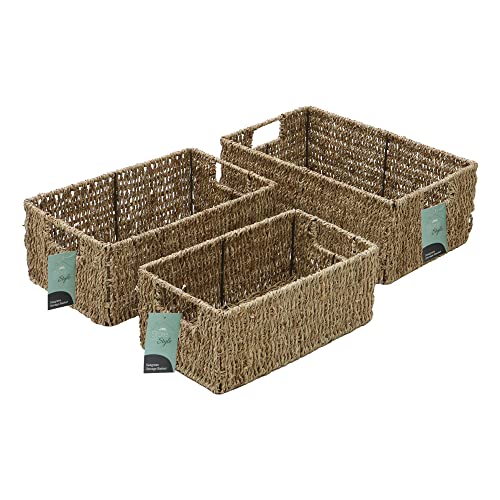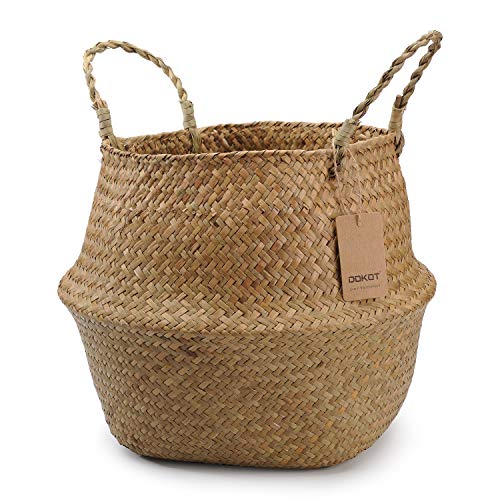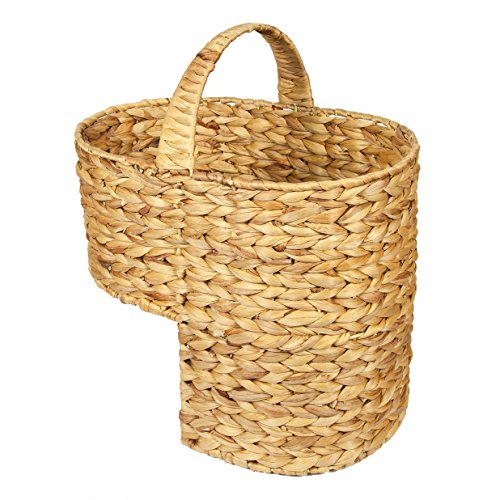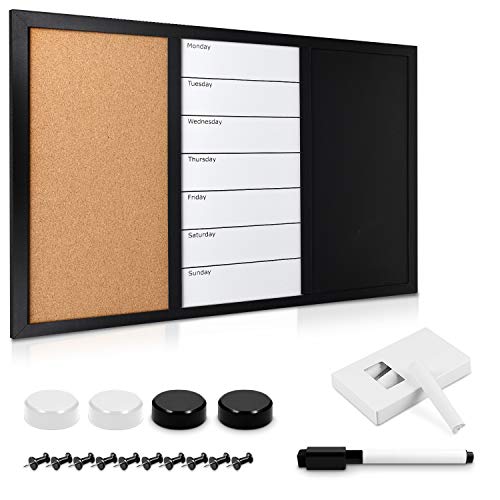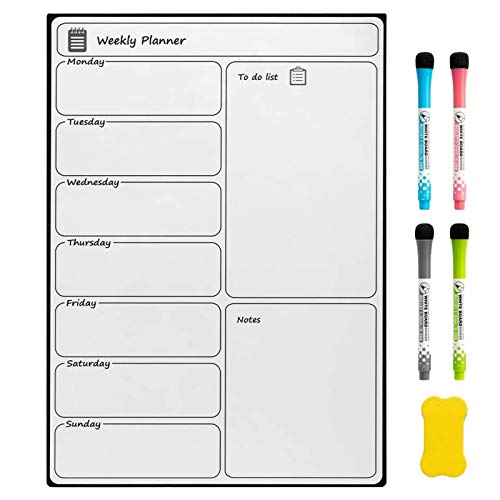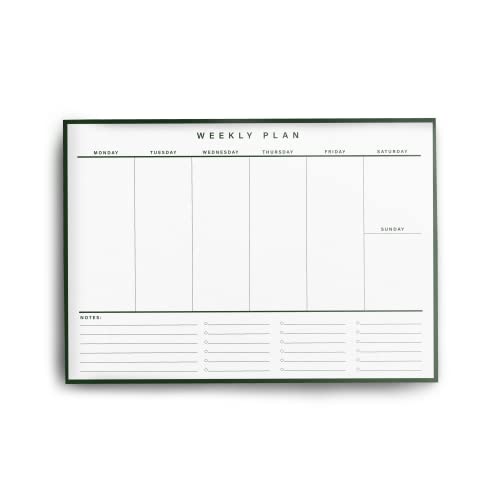Home organisation tips to help a family home run more efficiently
Tips and tricks from professional organisers to get organised and stay that way
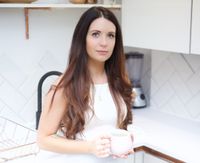
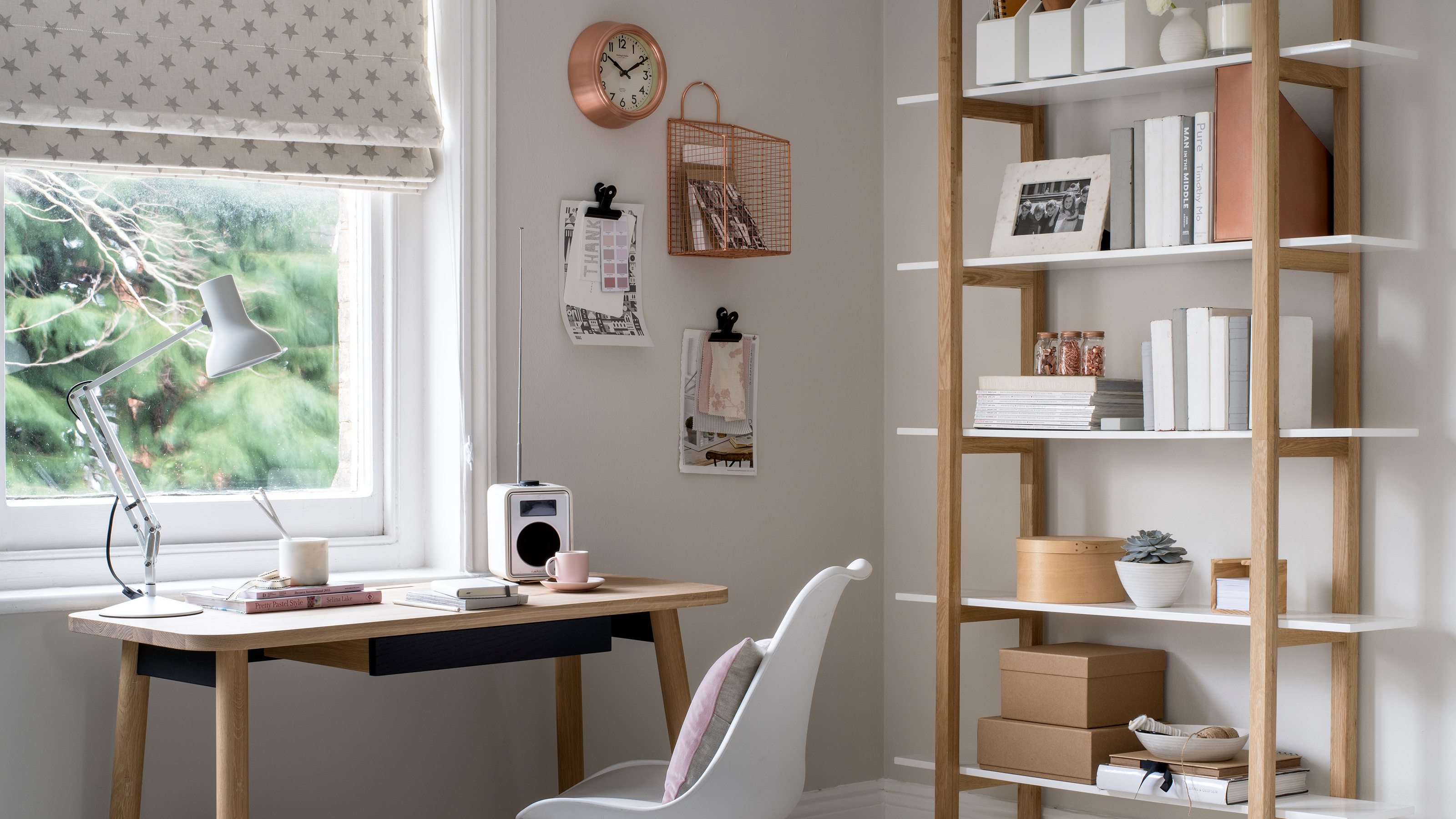
Ever wondered if your home could be more organised and how that might benefit your everyday life? Home organisation tips to help a family home run more efficiently could completely transform the way you live.
We all want to make our lives a little bit easier, but getting started with making changes can be a daunting prospect. Once you break it down into smaller manageable steps using some decluttering methods and smart storage ideas it’s easy to transform the way you run your home for the better.
‘Life can get overwhelming, and sometimes family homes reflect that, becoming cluttered and disorganised. It's not a sign of failure; it's a testament to how balancing different commitments can leave little time for tidying up,’ explains Kate Ibbotson, founder of A Tidy Mind.
‘Space optimisation can be challenging, not everyone is naturally organised and life events like moving home can disrupt routines,’ continues Kate. ‘An organised home, which is free from clutter is proven to reduce stress, save time and improve relationships.’
From easy rules to follow for decluttering, to ideas to help you focus better and achieve more in the limited time that you have, getting organised at home can free up time and reduce stress.
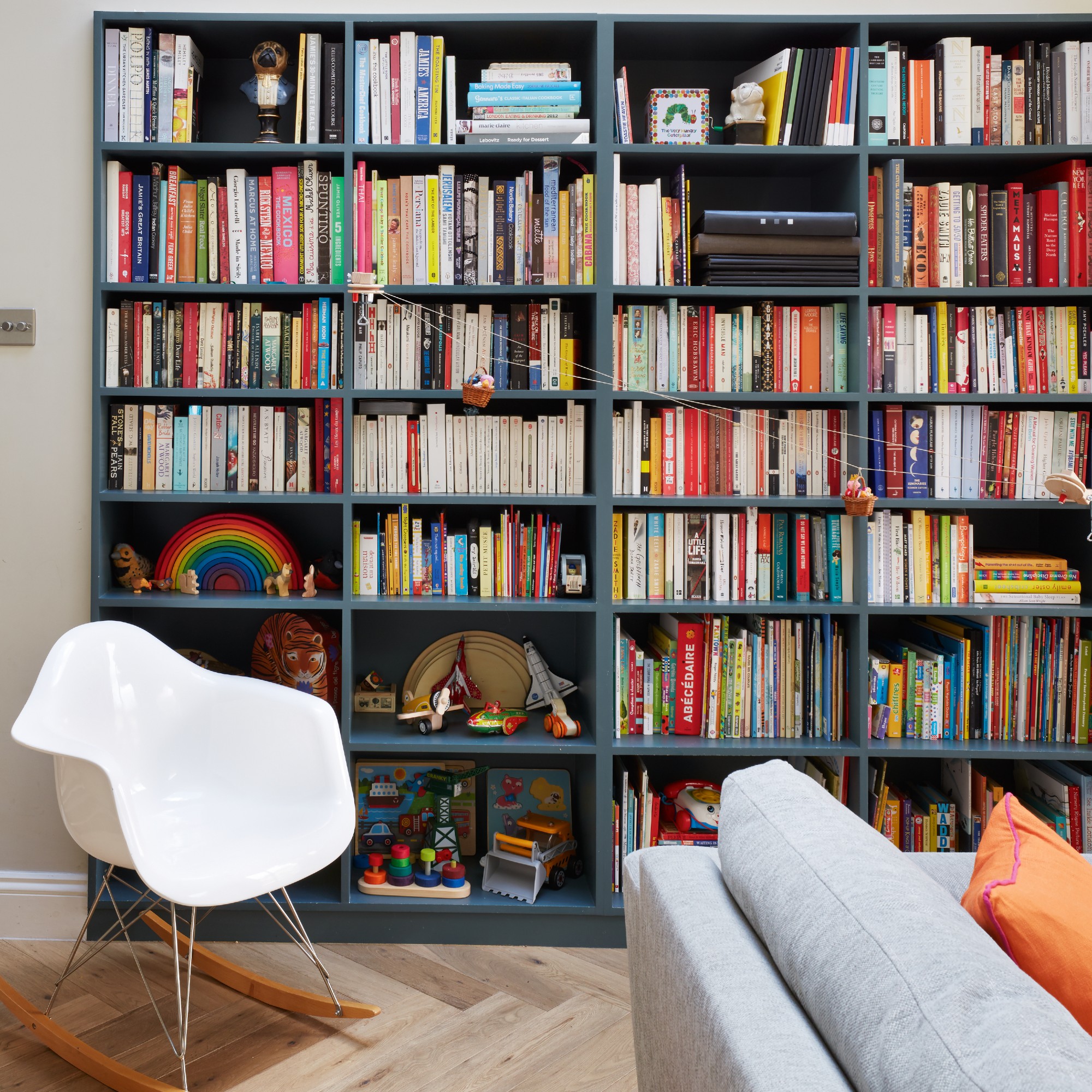
The first steps to organising your home are to declutter, put straightforward rules in place and set your home up to reflect how you want to live. Once your home is organised you’ll want to keep it that way. Set up processes that help you stay on top of things in the most simple way possible.
1. Get rid of anything you haven’t used in more than a year
If you’re not using it, the likelihood is you don’t need it. When it comes to decluttering, be strict. Go through all your belongings and create a ‘get rid’ pile, a ‘keep’ pile, and a ‘donate’ pile. Anything that you own that hasn’t been used for more than a year shouldn’t be kept.
Sign up to our newsletter for style inspiration, real homes, project and garden advice and shopping know-how
‘Holding onto things “just in case” usually just creates clutter that weighs down your home and your mind,’ says Rachel Burditt, founder of The Declutter Darling. ‘Imagine all the space you'll free up for the things you actually love and use. Plus, it’s so much easier to keep things tidy when you’re not dealing with stuff you don’t really need.’
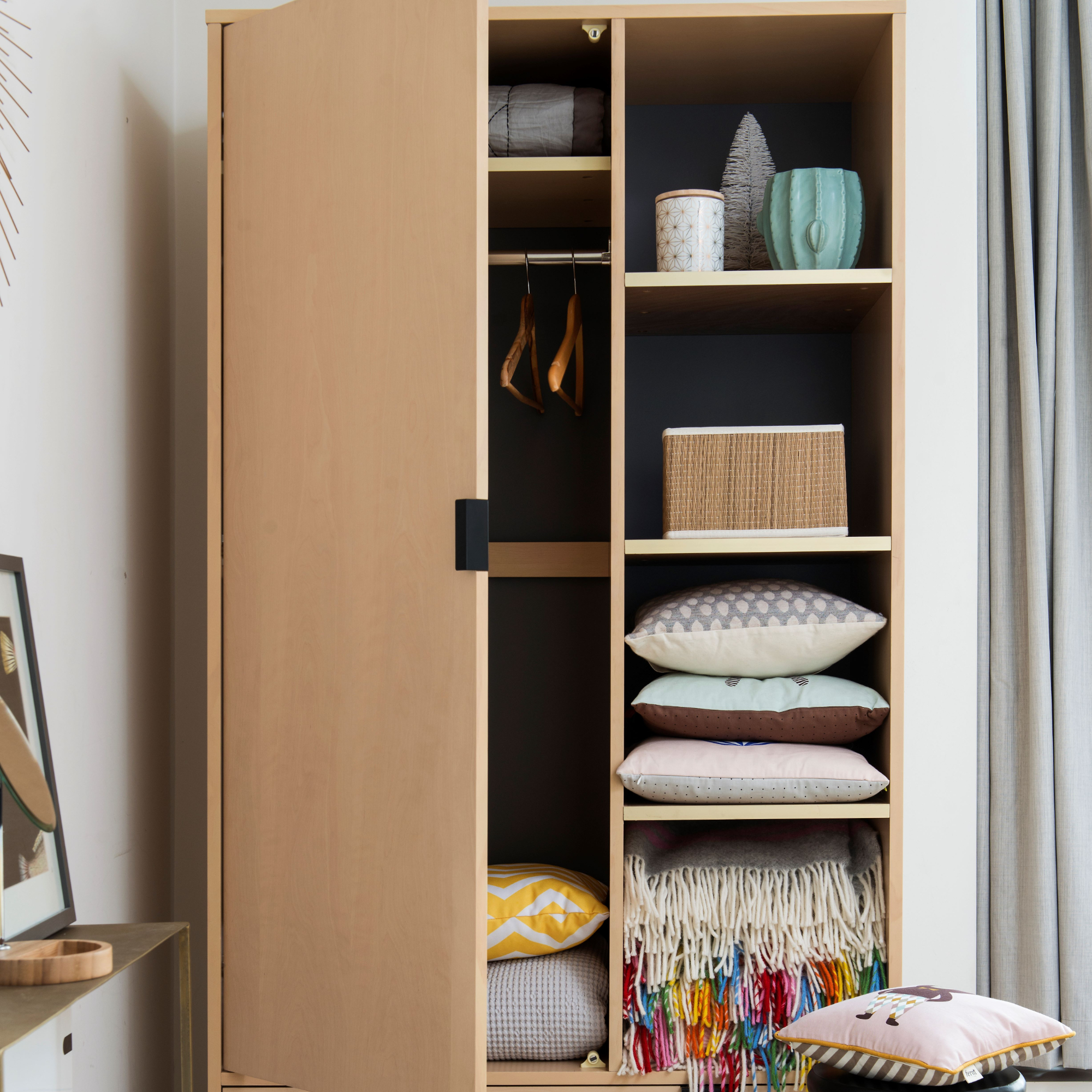
2. Ensure everything has a place
In every family home, some bits and pieces just seem to float around, sitting on the kitchen table and eventually being shoved in a drawer and forgotten about. Avoid this habit by ensuring everything is properly stored away with the appropriate kitchen, living room or hallway storage ideas, so you always know exactly what you have and where everything is.
‘Clever storage is key to creating a home that calms and soothes by having a place for everything,’ says Danielle Le Vaillant, Head of Photography and Film at Cox & Cox.
‘Opt for storage that is as attractive as it is useful and furniture that offers a dual purpose. Storage ottomans that double as a footstool and coffee table are the perfect addition to the living room, while almost every room, from nursery to boot room, will benefit from a set of smart storage baskets in which to stash away any items that may compromise your styling.’
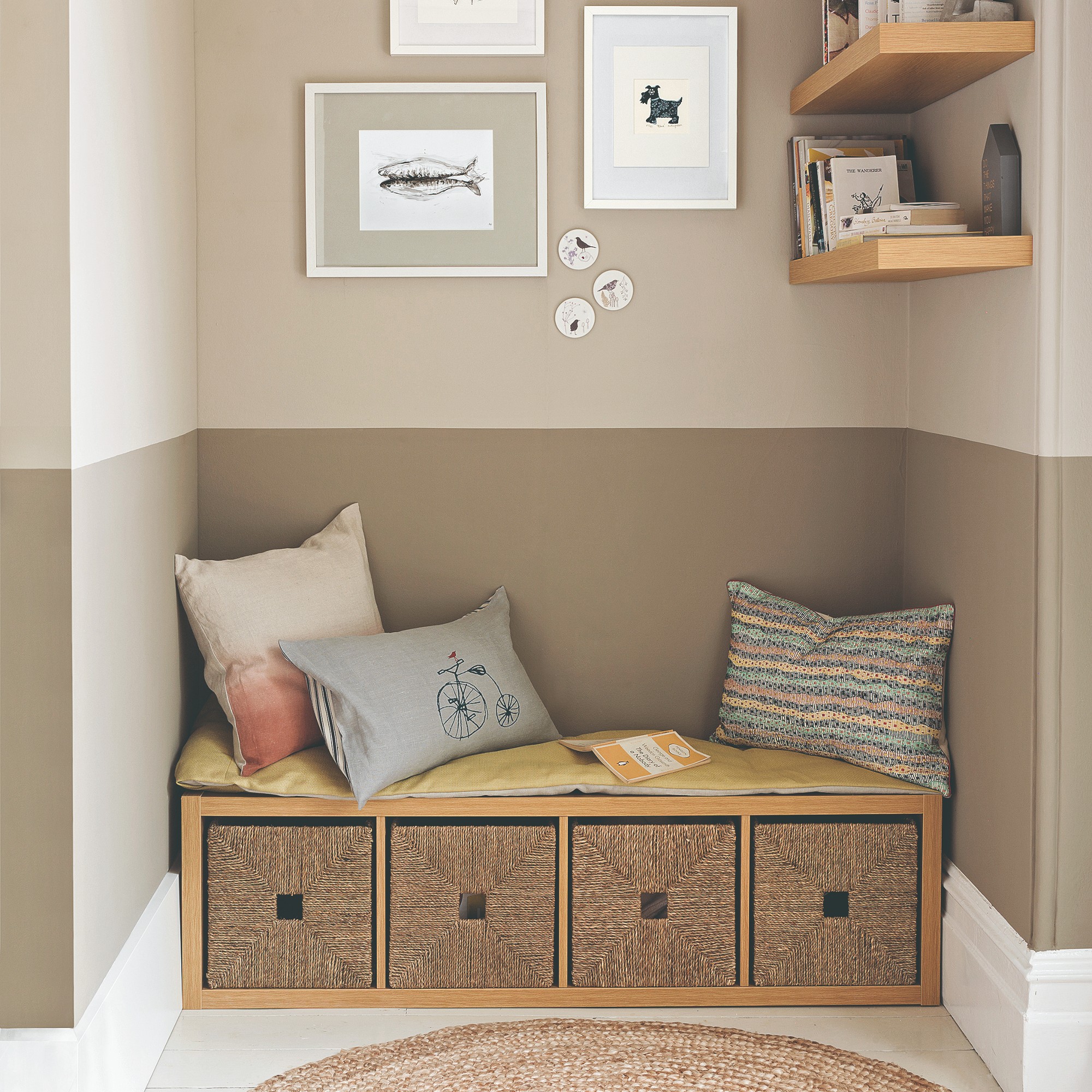
3. Introduce a one-in one-out rule
Now that you’ve decluttered, the last thing you want is to fill your home back up with more stuff. This can easily happen over a year or even just a few months, if you don’t have a ‘one-in one-out’ rule. This rule should apply to all of the family. When buying new things, always consider what you will get rid of to justify the purchase.
‘Where there is calm, there is tranquillity, and implementing the ‘one-in, one-out rule’ can really help you achieve this,’ states Marsha Bull of The Secret Organiser. ‘With online shopping becoming easier, and somewhat addictive at times, peoples' homes are becoming overwhelmed with impulse purchases.’
‘Really think about whether you actually need that item, rather than just wanting it,’ Marsha continues. ‘If it is still a necessity, try removing one unwanted item from your home to avoid overcrowding.’
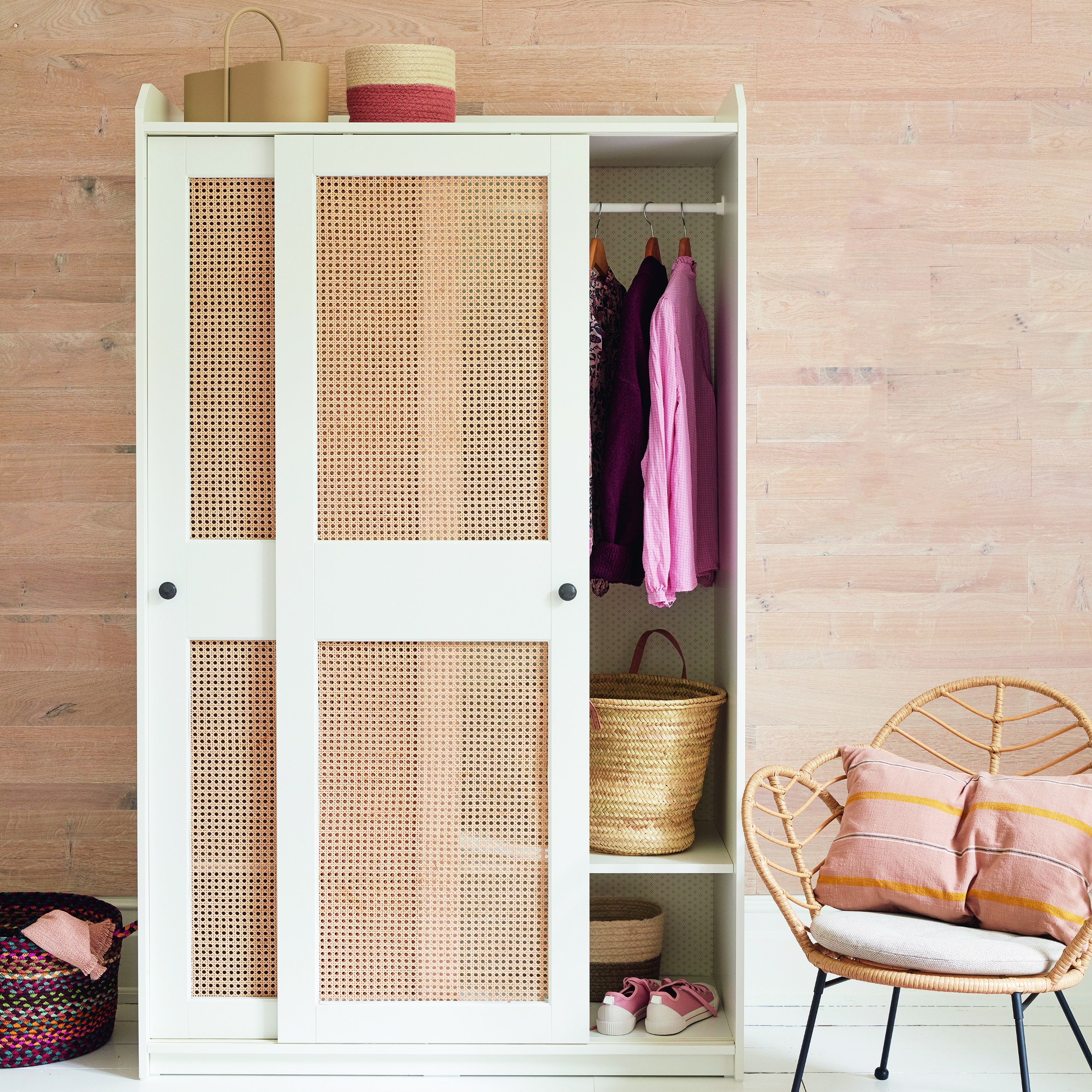
4. Use the ‘focus 15’ method
The ‘focus 15’ method is simply setting a task that you need to get done, and committing 15 minutes to fully focusing on it. When it feels like there’s a lot to do in the house, it can be easy to get distracted and flit from one task to the next, meaning that you never complete anything. With focus 15, you set the task and commit 15 uninterrupted minutes to it. Aim to do this on a daily basis - you’ll be surprised at what a difference it makes.
‘The Focus 15 method is perfect for those days when you don’t feel like tackling a huge project but still want to make progress,’ advises Rachel Burditt. ‘Whether it’s sorting through a junk drawer or tackling that pile of mail, those 15 minutes will add up.’
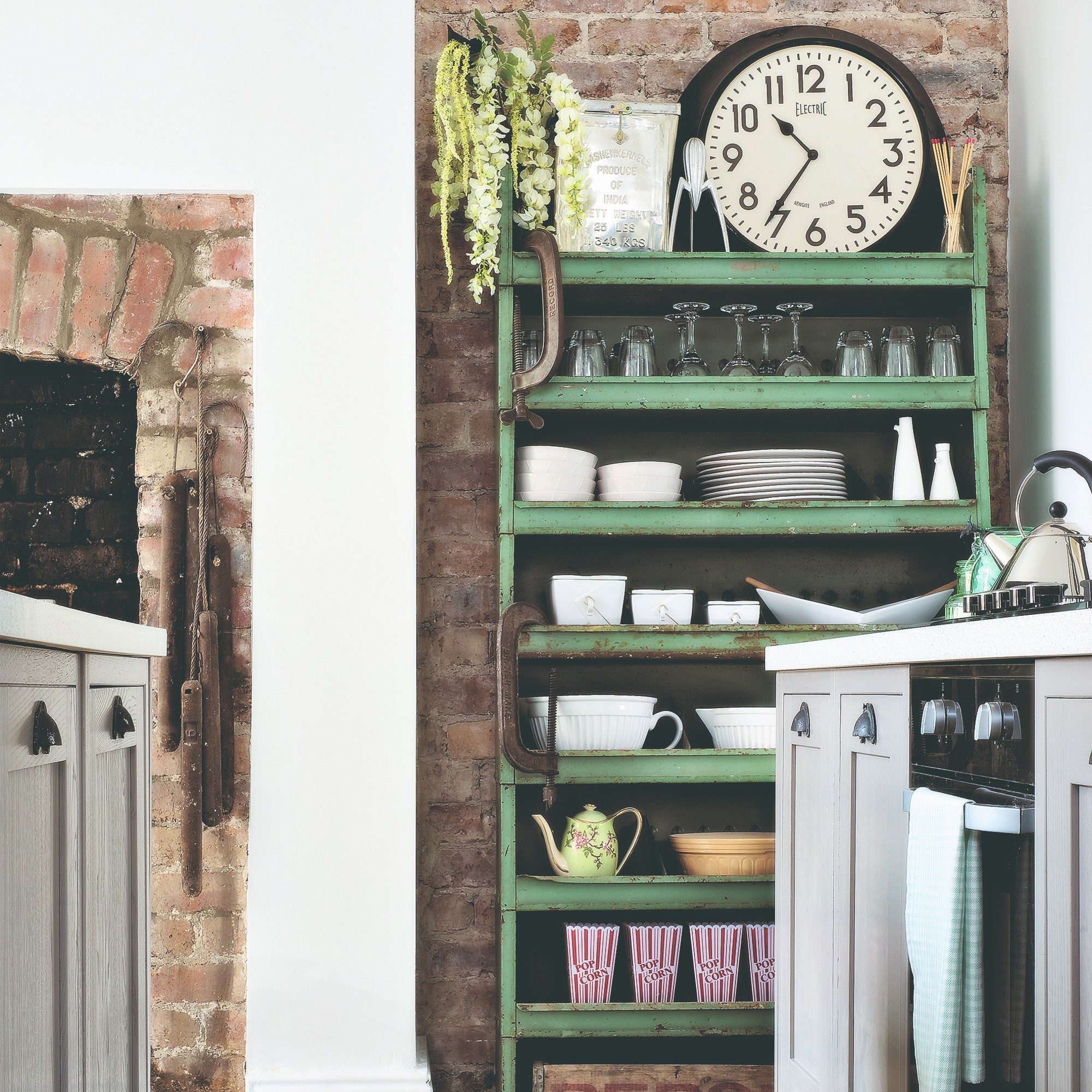
5. Introduce a stair basket
A stair basket is a must-have if you often find bits that usually live upstairs end up hanging around downstairs for days or even weeks at a time. Stylish and practical, they fit neatly over the step and can contain all the pieces that need to be taken back upstairs.
‘A stair basket is the perfect addition to any busy home,’ recommends Danielle Le Vaillant of Cox & Cox. ‘Pop in all those little piles of clothing, books and bits for the bathroom that inevitably clutter up downstairs, until you get a chance to swoop them upstairs all in one go. As well as bringing warm rustic charm to your hallway, the easy handle means you can loop it over one arm, leaving hands free for a well-earned cuppa or to hold onto the bannister’.
6. Create short daily ‘to-do’ lists
If you struggle to keep on top of the daily jobs around the house, create to-do lists. The key here is to make the lists short, and only include tasks that you’re able to achieve in a day with the time you have to spare.
When you create long lists that cross over onto the next day, it’s all too easy to feel overwhelmed and end up avoiding doing the tasks all together. Short lists are more manageable. Make it part of your routine to spend five minutes each morning writing your to-do list for the day.
Kate Ibbotson says: ‘Creating daily to-do lists can be a transformative guiding practice that fosters a sense of organisation, clarity, and efficiency in the home. Lists reduce the need to rely on memory and break down bigger tasks, reducing overwhelm.’
7. Create a family ‘command’ centre
A ‘command centre’ sounds pretty serious, but it’s simply a place in the house where you can quickly and easily see what each family member should be doing each day. It can include schedules, to-do lists and reminders and can be somewhere simple like the fridge or a kitchen notice board where everyone will see it.
‘Having a place to store family calendars, important documents, invitations and invoices, ensures nothing ever gets missed,’ explains Marsha Bull of The Secret Organiser. ‘However, if space is limited within your home, there are several great apps which allow joint access to the same family calendar. Each person has their own colour, and anyone can input dates, meaning no breakdown in communication,’ she continues.
‘With lives so busy these days with appointments, meetings, and after-school activities, it really helps streamline your day-to-day family life.’
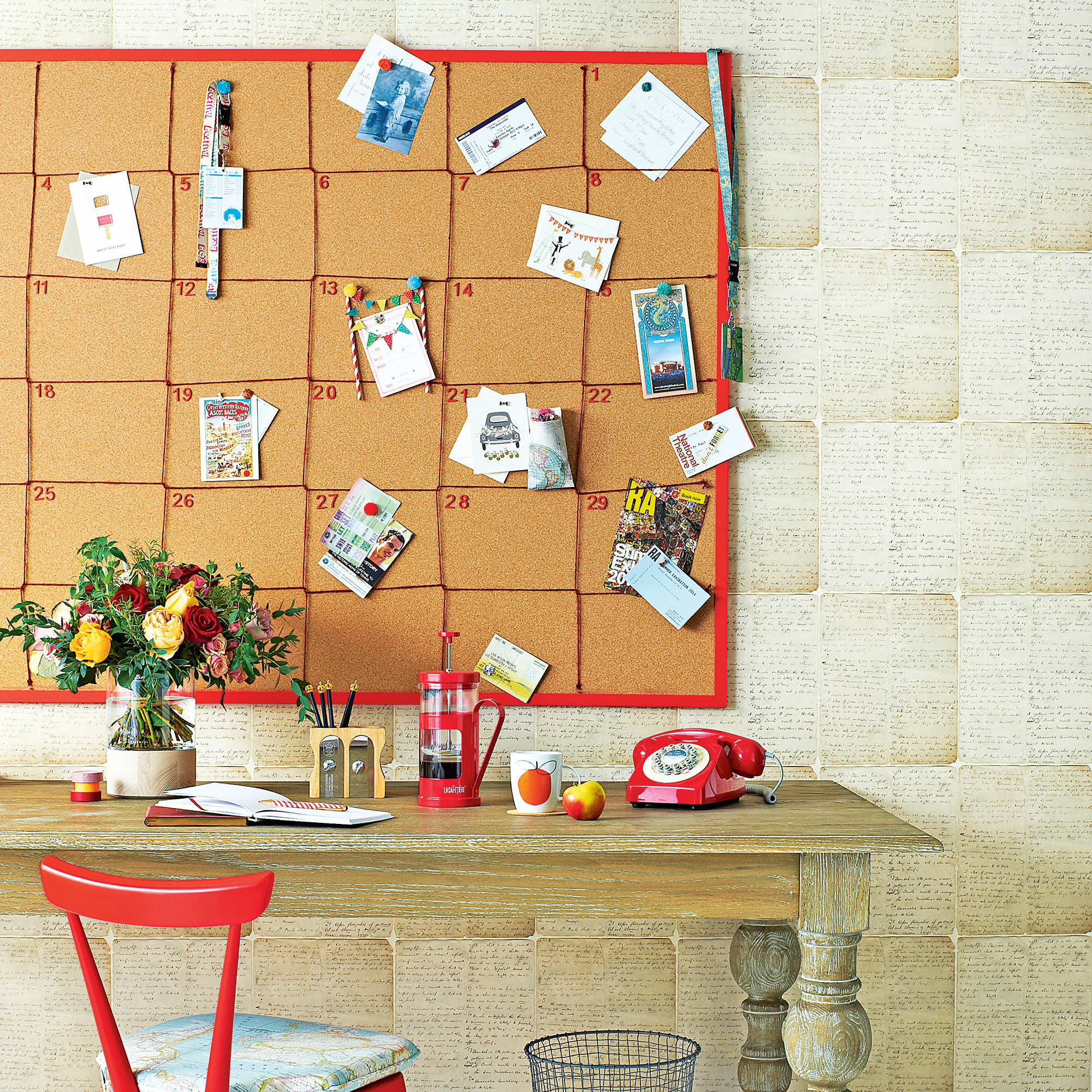
FAQs
What are the three basic steps to organise your home?
The first step when it comes to home organisation tips is to declutter. You can’t get organised without first reducing the amount of things that you have. The next step is to ensure the items that you’re left with all have a place in your home. Everything should be easy to access too. Finally, it’s important to stay on top of things now that you’ve organised your home. Put processes in place such as creating a family command centre to stay organised.
How to organise clutter at home?
For home organisation tips to organise clutter at home, try first reducing the amount of stuff you have. Try the 80/20 rule - generally speaking, we only use what we own about 20% of the time. Make it your mission to outline the items that you have that fit into the 80% bracket, meaning 80% of the time you’re not using them, and work to reduce down any items that fit into this category.
Now that you own less, it becomes easier to organise everything. A few top tips are to group similar items together, use storage trays and baskets and make sure the items that you use the most are all easily accessible.
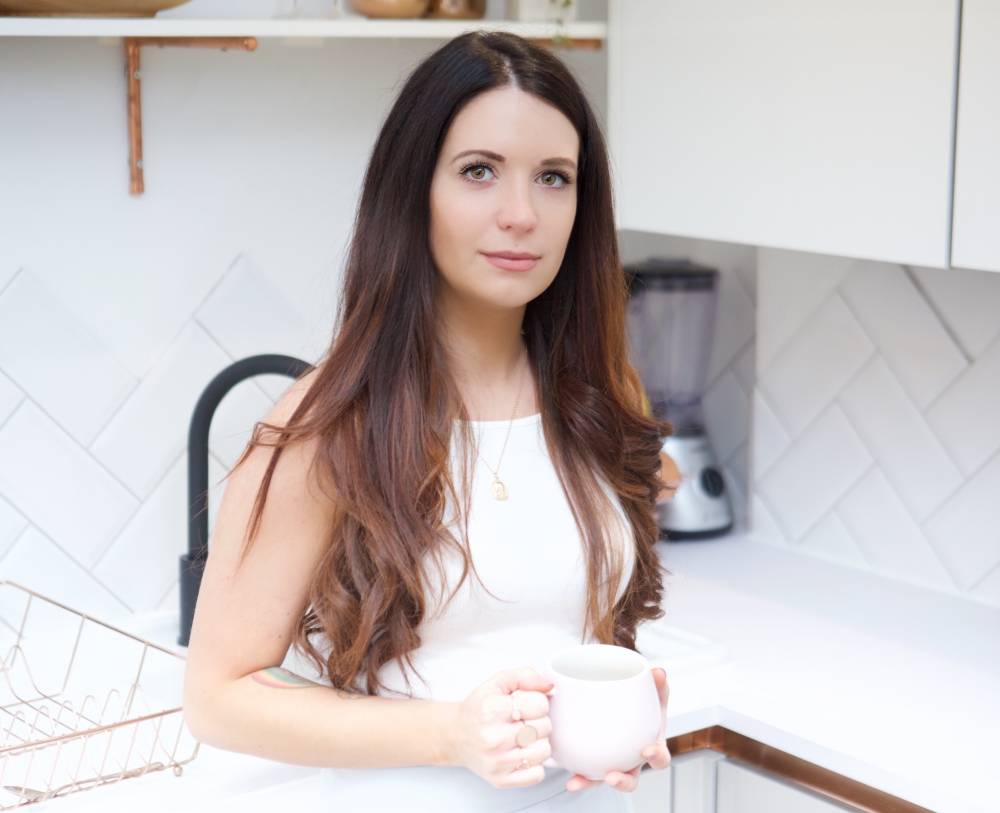
Eilidh Williams has been a freelance lifestyle copywriter for over ten years. Having graduated with a Bachelor of Arts in Creative and Media Writing in 2011, over the years she has written for a variety of unique and inspiring lifestyle brands and publications focusing on fashion, beauty, sustainable and mindful living, and of course homes and interiors.
